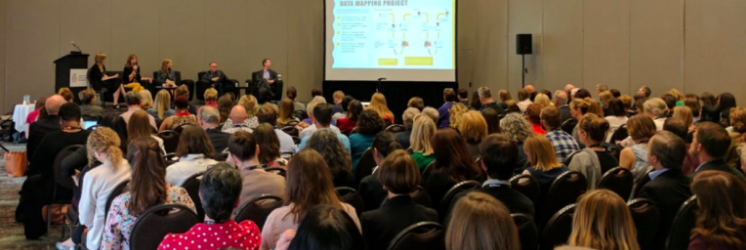We’re doing it wrong. It’s time to recognize that cultural organizations may have to switch direction regarding these four concepts.
As our world becomes more and more connected, it’s becoming apparent that many long-held beliefs for cultural organization are proving wrong in the information age. This debunking includes myths like the sustainability of a blockbuster exhibit strategy, free admission being a cure-all for engagement, and the “last year plus five percent” approach to budgeting. Nearly every post on this website busts some sort of myth. At the very least, I hope that the data...Sign in to KYOB+
Not a member yet?
Never miss the latest read on industry data and analysis.

